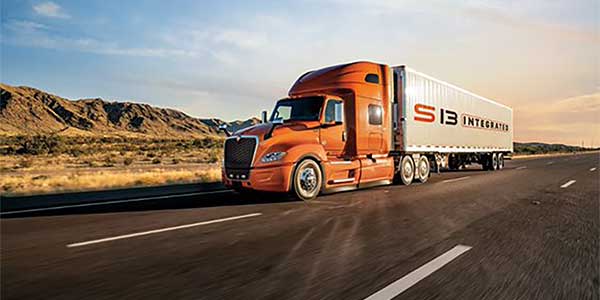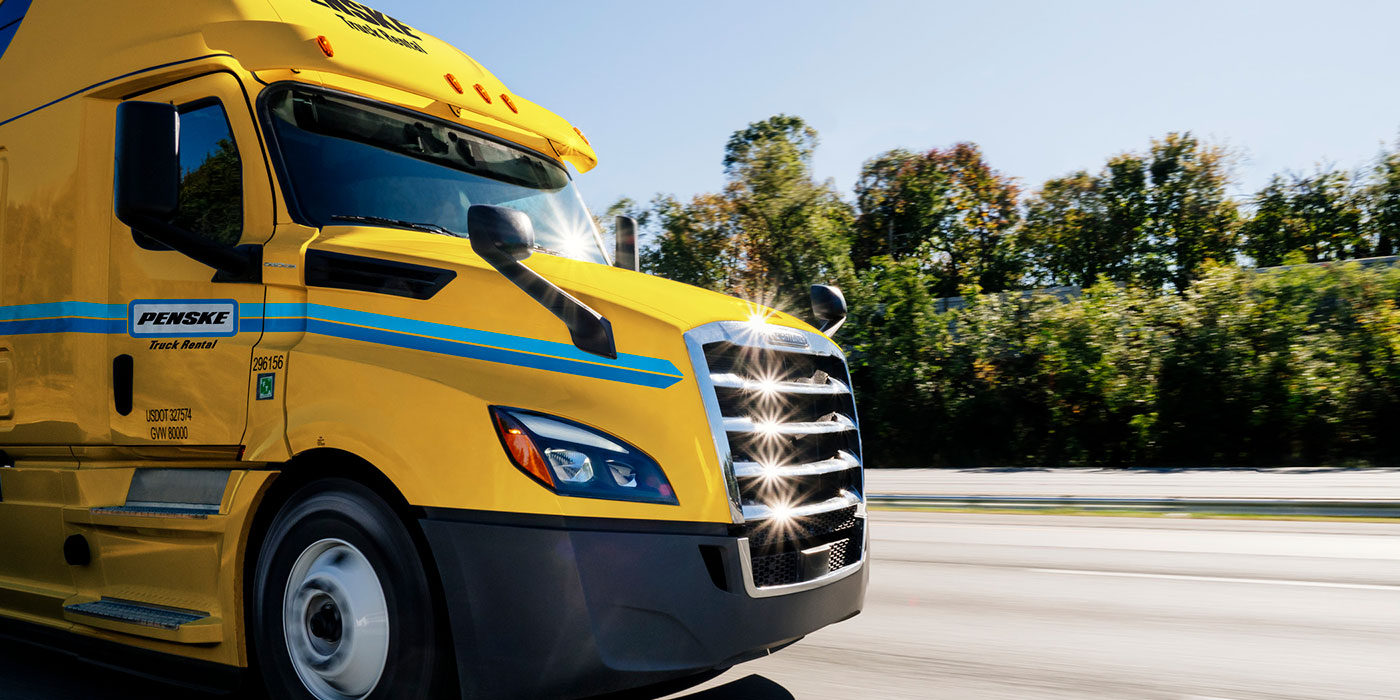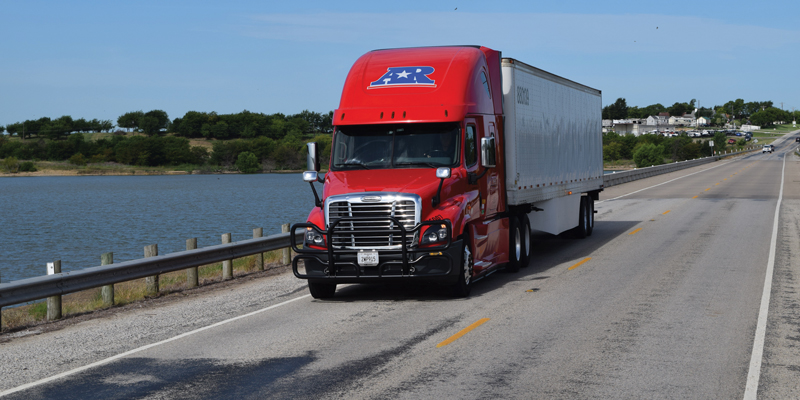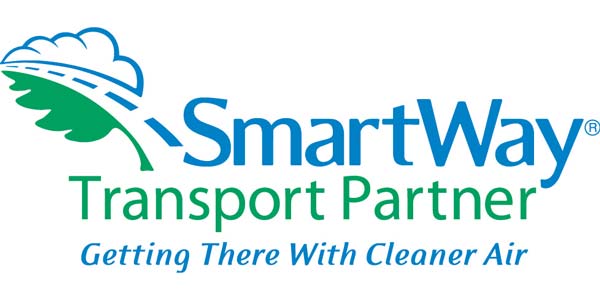It was thirty-some years ago that the National Highway Transportation Administration (NHTSA) began regulating fuel consumption of automobiles. It was the birth of Corporate Average Fuel Economy (CAFE) standards. There was a serious move at that time to include heavy, commercial trucks in those regulations. However, because of the wide range of applications for trucks with identical figurations, the agency opted to help establish a voluntary program, the SAE/DOT Fuel Economy Program.
Although quite successful, that program will soon fade into history. Recently, NHTSA and the EPA announced a joint program they say is intended to reduce greenhouse gas emissions (GHG) from heavy-duty vans, trucks and buses by regulating the allowable fuel consumption of such vehicles produced in model years 2014-2018. Transportation accounts for about 72% of our domestic oil use, and heavy-duty vehicles account for about 17% of the oil used in that segment. According to the Energy Information Administration, within the transportation sector, heavy-duty vehicles are the fastest-growing contributor to GHG emissions.
In developing this program, the agencies have drawn on the SmartWay Partnership’s experience in identifying technologies and operational practice that fleets, drivers and shippers can incorporate to increase fuel economy. According to the agencies, using currently available technologies, most vehicles would see a payback in one to two years. Others, especially those with lower annual miles, could expect a payback in four to five years. For example, an operator of a tractor-trailer combination could pay for the technology upgrades in under a year, and have net savings up to $74,000 over the truck’s useful life.
Among some other items, the proposed program defines standards for CO2 emissions and fuel consumption of heavy-duty vehicles to include vocational trucks and on-highway vehicles. Recognizing that commercial vehicles are used in a wide variety of applications, the program proposes limits tailored to each of three main regulatory categories: combination tractors; heavy-duty pickup trucks and vans and vocational vehicles. The purpose of this is to account for the fact that the energy needed to move heavier loads burns more fuel and emits more CO2 than to move lighter loads.
The agencies are proposing different standards for nine categories of tractors based on three attributes: weight class (Classes 7 and 8), cab type (sleeper and day cab) and roof height (low, mid and high). The standards would be phased-in until the ultimate levels would be reached in 2018 or 2019. The final standards are estimated to result in a reduction from seven to 20% of exhaust emissions and fuel consumption when compared to 2010 baseline vehicles.
Vocational vehicles consist of a very wide variety of truck and bus types – delivery, refuse, utility, dump, cement, school buses etc. – and generally go through a complex build process with incomplete chassis often built with engines and transmissions purchased from various manufacturers then sold to a body manufacturer. As a result, the EPA and NHTSA are proposing to regulate chassis manufacturers for this segment of the truck manufacturing industry. They are proposing to divide the segment into three regulatory subcategories – Light-Heavy (Class 2b through 5), Medium-Heavy (Class 6 and 7) and Heavy-Heavy (Class 8). These proposed standards are expected to result in a seven to 10% reduction in exhaust emissions when compared to a 2010 baseline vehicle in the same subcategory.
For more information, access the proposed joint rules and related documents on NHTSA’s website or call 202-366-2992. EPA operates a hotline at 734-214-4636 or via e-mail at [email protected].













